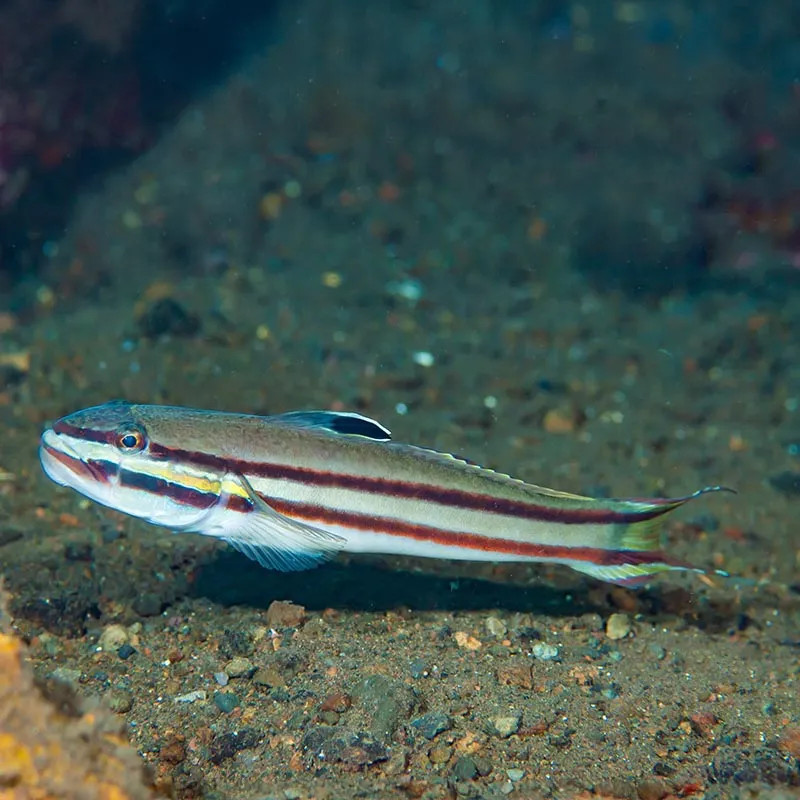Stocks Available
LAGOON WATCHMAN GOBY
SKU:218101
CRYPTOCENTRUS CYANOTAENIA
N/A
Stock Available
Data sheet
16 other products in the same category:
Stocks Available
SKU:218101
N/A
Stocks Available
SKU:226219
M
Stocks Available
SKU:215598
2.5 INCH
Stocks Available
SKU:200372
Medium
Stocks Available
SKU:200340
Stocks Available
SKU:200362
N/A
Stocks Available
SKU:200373
N/A
Stocks Available
SKU:215637
2
Stocks Available
SKU:200356
N/A
Stocks Available
SKU:215791
1.5-2 INCH
Stocks Available
SKU:215640
2.5 INCHES
Stocks Available
SKU:229811
1.25-2 INCH
Stocks Available
SKU:200232
M
Stocks Available
SKU:230020
2-3.5 INCH
Stocks Available
SKU:200342
Medium
Stocks Available
SKU:229924
2-3.25 INCH
Customers who bought this product also bought:
Stocks Available
SKU:119728
1-1.5 INCH
Stocks Available
SKU:116436
0.75 - 1 INCH
Stocks Available
SKU:209696
N/A
Stocks Available
SKU:116435
0.25 - 1 INCH
Stocks Available
SKU:226206
1.75-2.5 INCH
Stocks Available
SKU:228863
1.5-2.5 INCH
Stocks Available
SKU:215713
2 INCHES
Stocks Available
SKU:226143
2-2.75 INCH

check_circle
check_circle
